DC Fans Mark 3 Years of Zack Snyder’s Justice League
Zack Snyder’s Justice League Overview
Zack Snyder’s Justice League is a highly anticipated director’s cut of the 2017 film Justice League, which was heavily criticized for its inconsistent tone and pacing. After Snyder had to step down from the project due to a family tragedy, Joss Whedon was brought in to complete the film, resulting in a version that disappointed fans and failed to live up to expectations. However, thanks to a passionate fan campaign and the support of Warner Bros., Snyder was given the opportunity to release his original vision of the film.
The Snyder Cut is a four-hour epic that delves deeper into the backstory of each Justice League member, giving them more depth and complexity. The film also introduces new characters and storylines that were not present in the theatrical version, such as Darkseid and the Martian Manhunter. Snyder’s signature visual style is on full display, with stunning action sequences and breathtaking cinematography.
One of the biggest changes in the Snyder Cut is the removal of the campy humor and quippy one-liners that plagued the original film. Instead, the tone is darker and more serious, with a focus on the internal struggles and emotional journeys of the characters. The film also explores themes of hope, redemption, and unity, making it a more thematically rich and satisfying experience.
Overall, Zack Snyder’s Justice League is a triumph for both the director and the fans who fought to see his vision realized. It is a testament to the power of perseverance and the importance of creative integrity in filmmaking. The Snyder Cut is a must-watch for any fan of superhero films, as it offers a fresh and compelling take on the iconic Justice League characters.
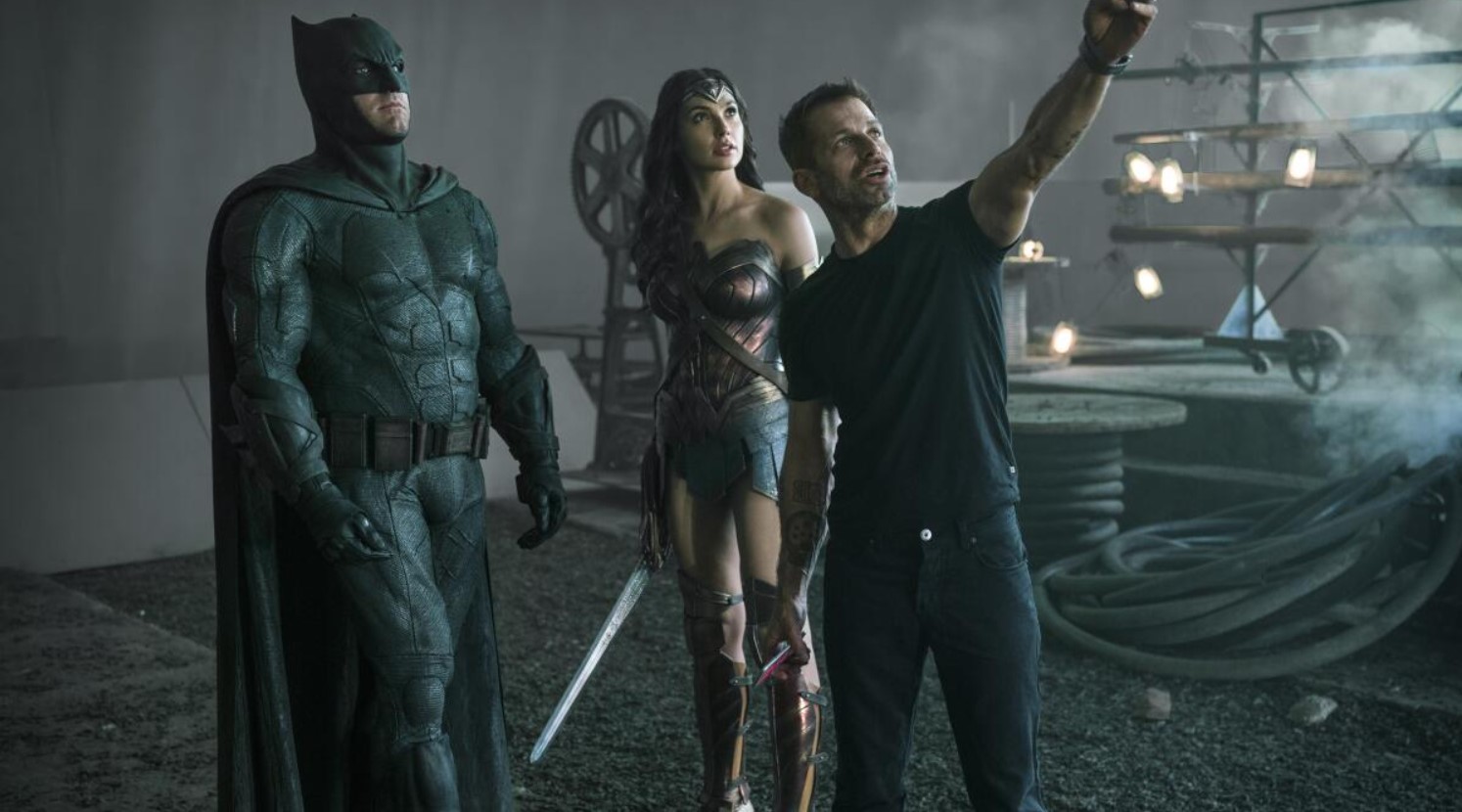
The Campaign for Snyder’s Cut
The Campaign for Snyder’s Cut has gained immense traction in recent years, fueled by passionate fans who believe that director Zack Snyder’s original vision for Justice League deserves to be seen. After stepping down from the project due to a family tragedy, Snyder’s vision was significantly altered by Joss Whedon, leading to a mixed reception from both fans and critics alike.
The campaign, which began as a grassroots movement on social media, has since evolved into a powerful force, with fans organizing petitions, fundraisers, and even billboards to push for the release of Snyder’s cut of the film. Supporters argue that Snyder’s version would offer a darker and more cohesive narrative, as well as provide closure to the story arcs of certain characters that were left unresolved in the theatrical release.
Despite facing resistance from Warner Bros., who initially dismissed the idea of releasing Snyder’s cut, the campaign has continued to grow in size and influence. With the recent announcement of Zack Snyder’s Justice League set to premiere on HBO Max, fans are finally getting the chance to see the film they have been demanding for years.
The Campaign for Snyder’s Cut serves as a testament to the power of fandom and the impact that dedicated supporters can have on the entertainment industry. By rallying together to demand the release of Snyder’s vision, fans have shown that they will not settle for anything less than the best when it comes to their favorite characters and stories.
Comparing Snyder’s Cut to the Theatrical Release
The release of Zack Snyder’s cut of Justice League has sparked a heated debate among fans and critics alike. The original theatrical release of the film in 2017 was met with mixed reviews, with many criticizing the film’s uneven tone and lack of character development. However, with the release of Snyder’s cut on HBO Max, fans have been given a chance to see the film as the director originally intended.
One of the most noticeable differences between the two versions of the film is the runtime. Snyder’s cut clocks in at a hefty four hours, compared to the two-hour runtime of the theatrical release. This extended runtime allows for more character development and a deeper exploration of the film’s themes. Additionally, Snyder’s cut features a darker tone and more mature content compared to the more lighthearted tone of the theatrical release.
Another key difference between the two versions is the visual style. Snyder’s cut features a more visually striking and cohesive aesthetic, with a darker color palette and more stylized action sequences. The film’s visual effects have also been significantly improved in Snyder’s cut, with many fans praising the updated CGI and design of the characters.
Overall, while both versions of Justice League have their strengths and weaknesses, Snyder’s cut offers a more cohesive and complete vision of the film. Fans of the DC Extended Universe have praised Snyder’s cut for its deeper character development, improved visual effects, and darker tone. Regardless of which version viewers prefer, it’s clear that Snyder’s cut has left a lasting impact on the superhero genre and has sparked a renewed interest in the film among fans and critics alike.
Fan Reactions and Anniversary Celebrations
Fan reactions and anniversary celebrations go hand in hand when it comes to commemorating significant milestones in the world of entertainment. Fans play a crucial role in keeping the spirit of a franchise alive, and their reactions can make or break the success of an anniversary event. Whether it’s a beloved TV show reaching a milestone season, a classic movie being re-released in theaters, or a music album celebrating its anniversary, fans are always eager to show their support and appreciation.
Fan reactions to anniversary celebrations can vary widely, from excitement and anticipation to disappointment and criticism. Some fans eagerly participate in special events, buy commemorative merchandise, and engage in discussions online to share their love for the franchise. Others may be more critical, pointing out flaws in the anniversary celebration or expressing their disappointment with the direction the franchise has taken over the years.
Anniversary celebrations often include special events, such as fan conventions, screenings, and meet-and-greets with the cast or creators. These events give fans the opportunity to come together, share their love for the franchise, and create lasting memories. They also provide an opportunity for the creators to show their appreciation for the fans’ support and dedication over the years.
In the end, fan reactions and anniversary celebrations are a testament to the enduring power of entertainment to bring people together and create lasting memories. No matter the ups and downs, fans will always be there to celebrate the milestones and keep the spirit of their favorite franchises alive for generations to come.
The Impact on DC Universe and Future Projects
Over the past decade, the DC Universe has undergone significant changes and transformations that have greatly impacted its future projects. With the success of films like “Wonder Woman” and “Aquaman,” DC has proven that it can compete with the Marvel Cinematic Universe in terms of box office success and critical acclaim.
One of the biggest impacts on the DC Universe has been the introduction of the multiverse concept. This has allowed for a more expansive and diverse range of stories to be told, with different versions of iconic characters existing in parallel worlds. This has opened up countless possibilities for future projects, with filmmakers and writers being able to explore different iterations of beloved characters.
Additionally, the success of DC’s streaming service, DC Universe, has also had a major impact on the future of the franchise. Shows like “Titans” and “Doom Patrol” have garnered a dedicated fanbase and critical acclaim, showing that there is a demand for darker and more mature storytelling within the DC Universe. This has led to the development of new projects like “The Suicide Squad” and “Zack Snyder’s Justice League,” which are set to further explore the darker side of the DC Universe.
Overall, the impact on the DC Universe and its future projects has been significant. With the success of recent films and TV shows, as well as the introduction of the multiverse concept, DC has proven that it has a bright future ahead. Fans can look forward to more diverse and innovative storytelling, as well as a continued expansion of the DC Universe across various media platforms.
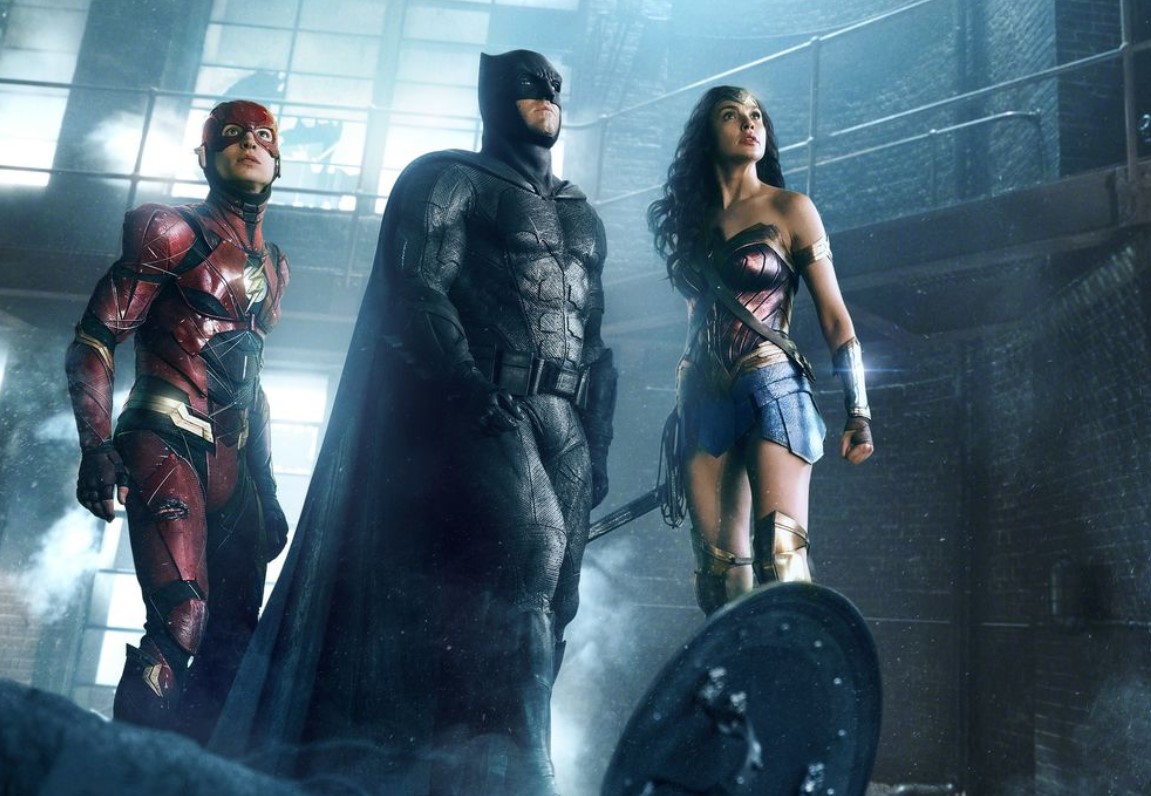
The Legacy of Zack Snyder’s Justice League
Zack Snyder’s Justice League has left a lasting legacy in the world of superhero movies. The film, released in 2021, was the culmination of years of fan anticipation and campaigning for the release of Snyder’s original vision for the Justice League. The director’s unique style and vision brought a darker, more epic tone to the DC Extended Universe, setting it apart from other superhero films.
One of the most significant aspects of the legacy of Zack Snyder’s Justice League is the impact it had on the fan community. The release of the film was a triumph for fan activism, as it demonstrated the power of fan voices in shaping the entertainment industry. The Snyder Cut movement showed that fans have the ability to influence studios and bring about change in the industry.
The film also left a lasting impact on the cast and crew involved in its production. Many of the actors expressed their gratitude for the opportunity to work with Snyder and bring his vision to life. The film allowed them to delve deeper into their characters and explore new aspects of their roles, creating a more nuanced and complex portrayal of the Justice League.
Overall, Zack Snyder’s Justice League will be remembered as a landmark film in the superhero genre. Its legacy will live on in the hearts of fans who fought for its release and in the minds of those who were inspired by its epic storytelling and stunning visuals. The film’s impact on the industry and the fan community is undeniable, cementing its place in cinematic history.
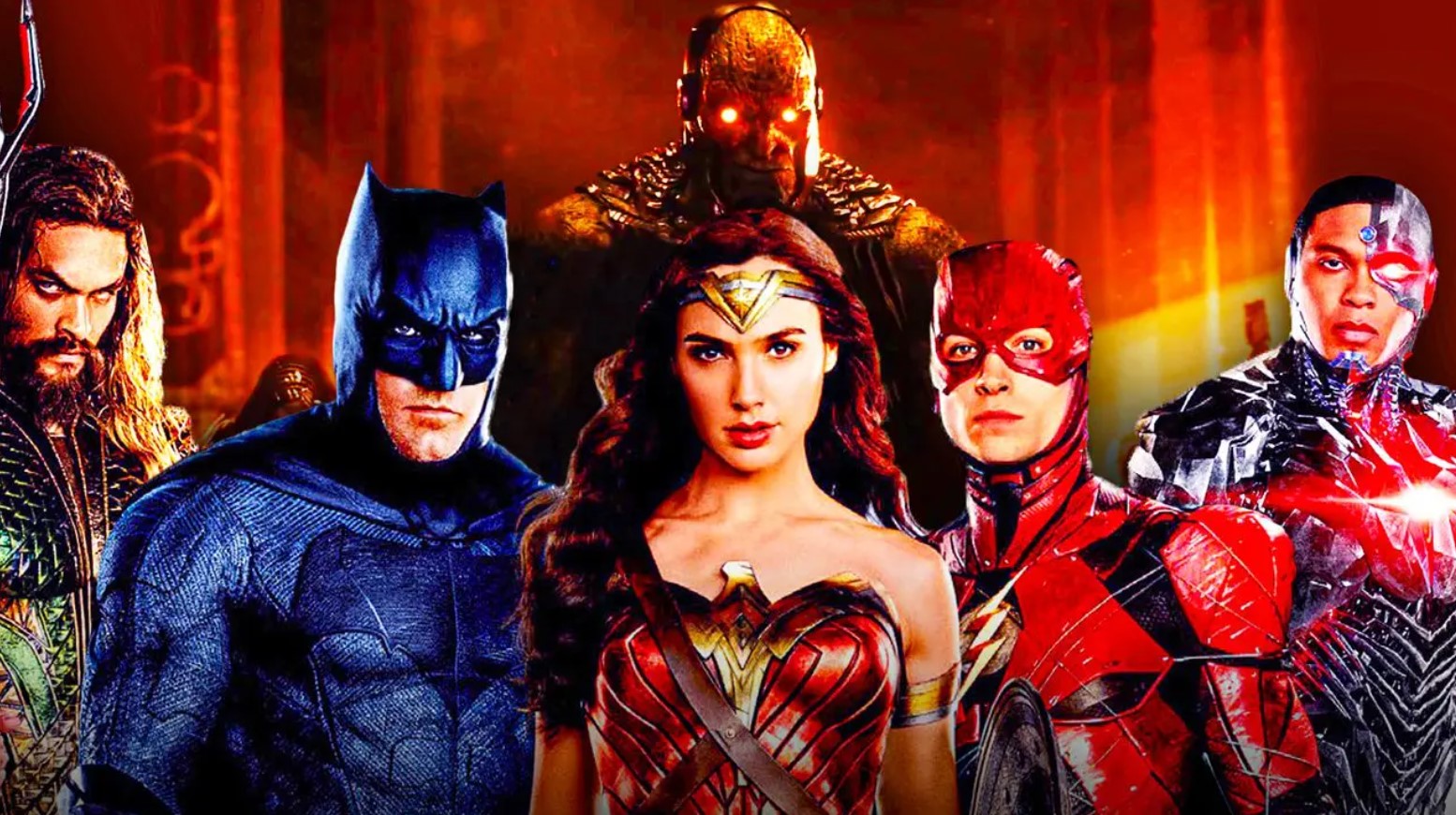
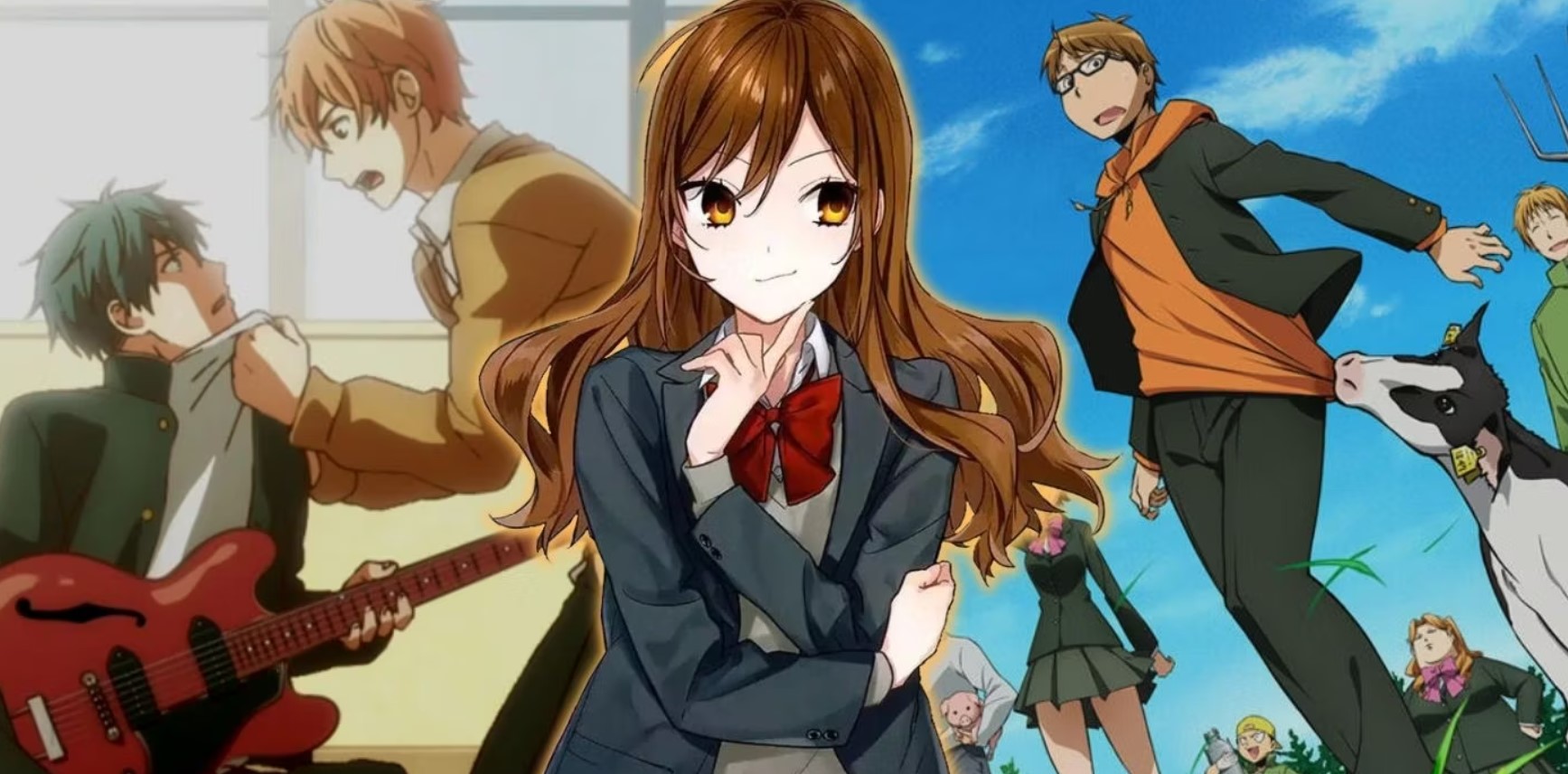
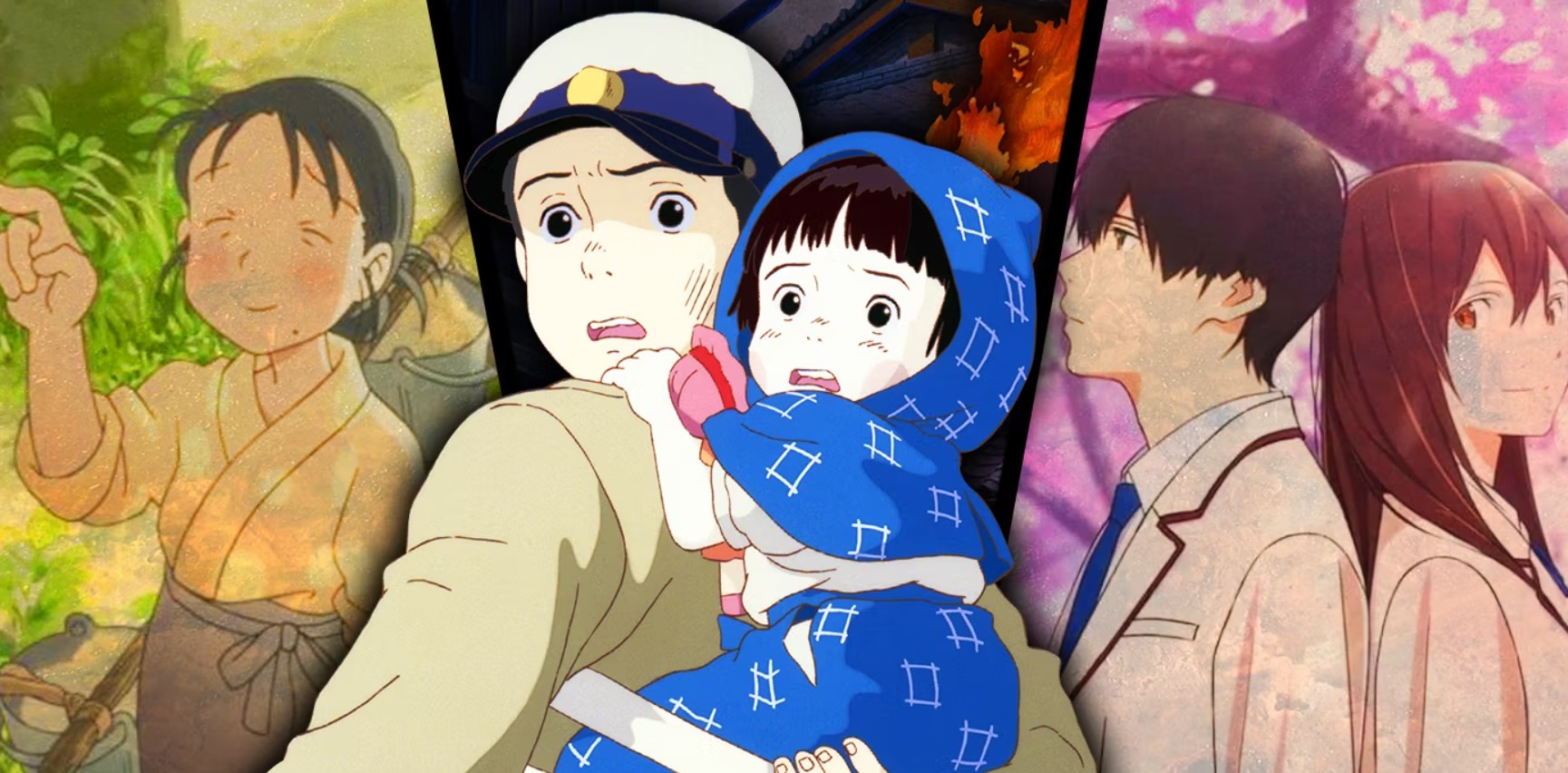
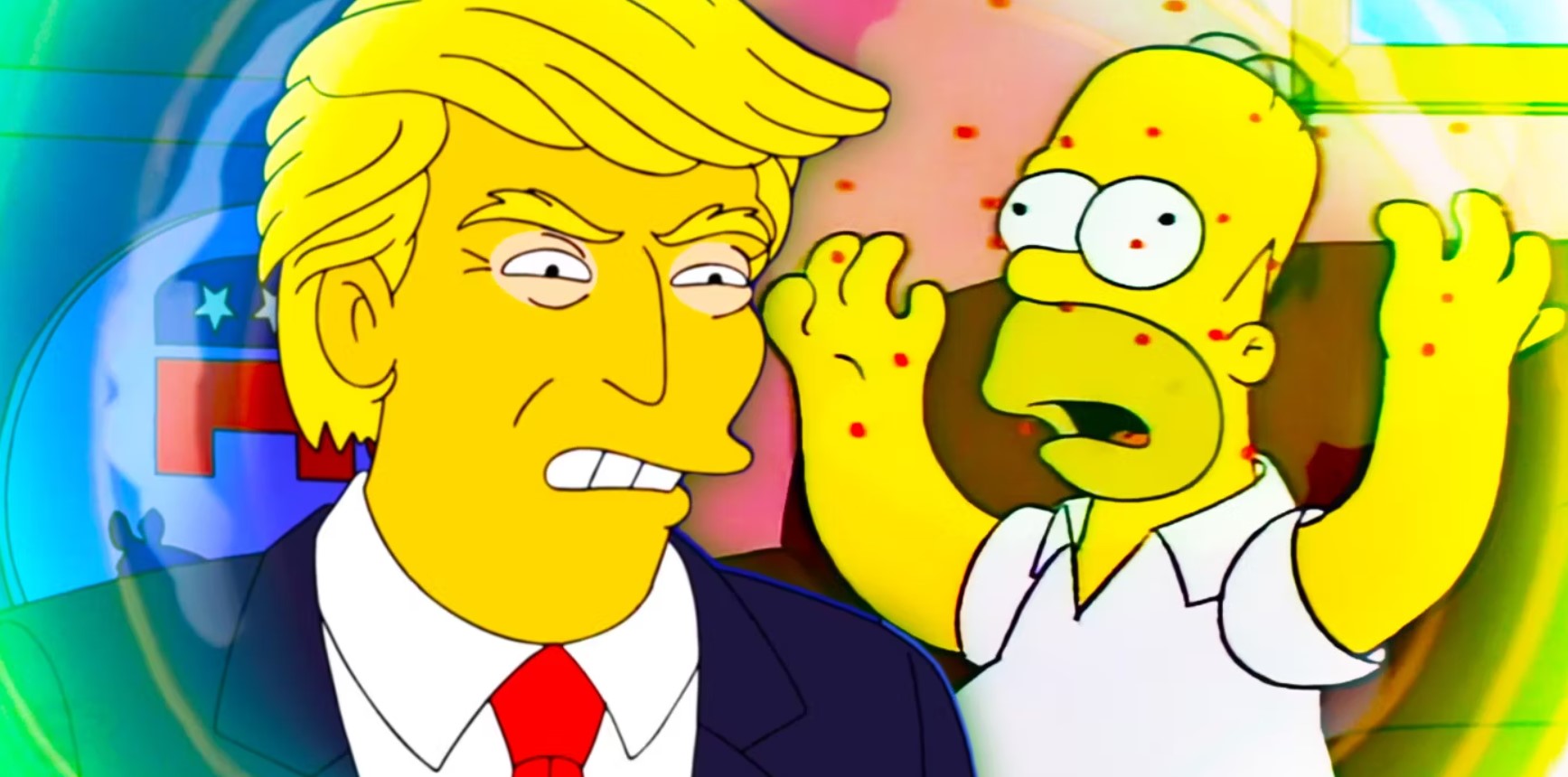
Post Comment